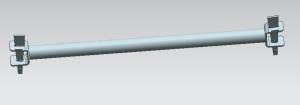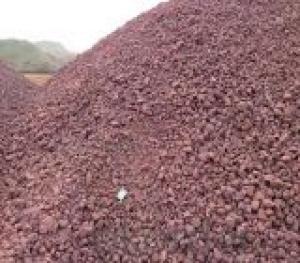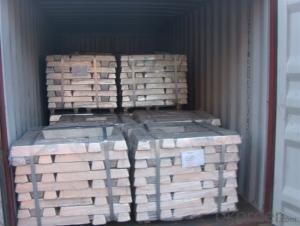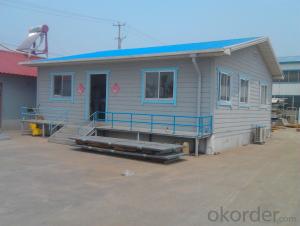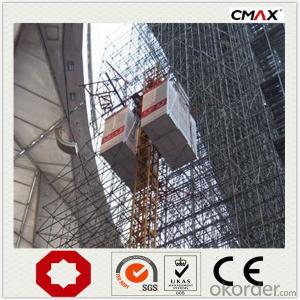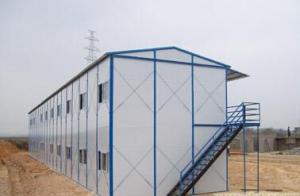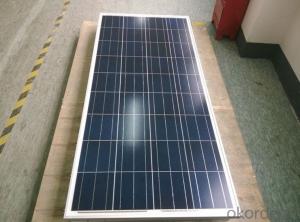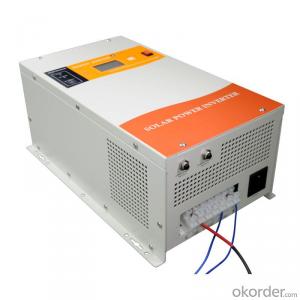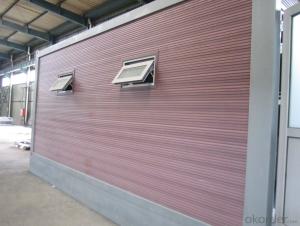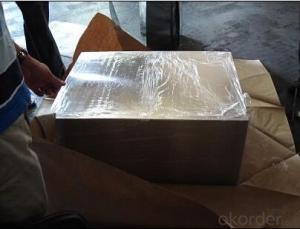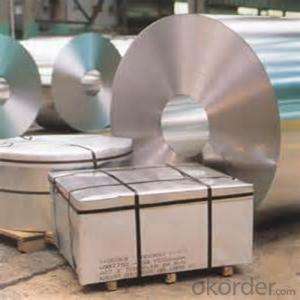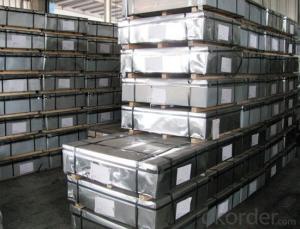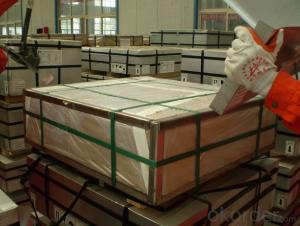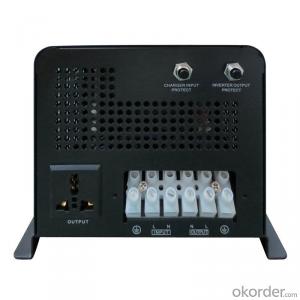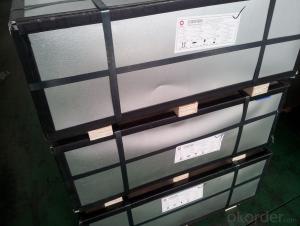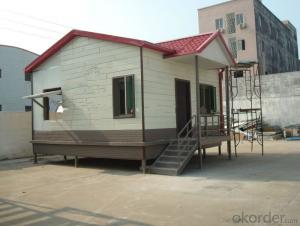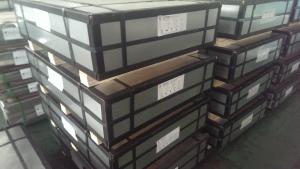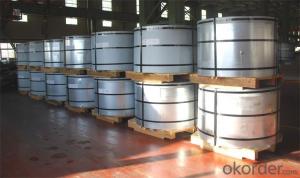South Africa Tinplate
South Africa Tinplate Related Searches
Inverter In South Africa Scrap Aluminum Diamond Plate Greenhouse Plastic Sheeting South Africa South Africa TinplateHot Searches
High Mast Lighting Suppliers South Africa South African Coal Price Index Shade Net Prices South Africa Shade Netting Manufacturers South Africa Bulk Lump Charcoal For Sale Lump Coal For Sale High Mast Lighting Suppliers South Africa South African Coal Price Index Shade Net Prices South Africa Shade Netting Manufacturers South Africa Price For Stainless Steel Scrap Scrap Price For Stainless Steel Galvanized Steel Scrap Price Stainless Steel Price Scrap Scrap Price Stainless Steel Price Scrap Stainless Steel Scrap Stainless Steel Price Stainless Steel Scrap Price High Mast Lighting Suppliers South Africa Aluminum Copper Coil Scrap PriceSouth Africa Tinplate Supplier & Manufacturer from China
Okorder.com is a professional South Africa Tinplate supplier & manufacturer, offers integrated one-stop services including real-time quoting and online cargo tracking. We are funded by CNBM Group, a Fortune 500 enterprise and the largest South Africa Tinplate firm in China.Hot Products
FAQ
- There are several different ways to open tinplate cans. The most common method is to use a can opener, which is a handheld device specifically designed for this purpose. Another option is to use a knife or a pair of scissors to carefully pierce and cut open the lid. In some cases, cans may have pull tabs or easy-open lids that can be peeled back without the need for any tools. Additionally, there are electric can openers available that automate the process for convenience.
- The main factors affecting the price of tinplate include the cost of raw materials, such as tin and steel, supply and demand dynamics in the market, changes in manufacturing and production costs, fluctuations in currency exchange rates, and government policies and regulations. Additionally, global economic conditions, trade tariffs, and geopolitical factors can also influence the price of tinplate.
- What do tinplate do?
- Maguchi Tetsuya is called tinplate, national standard GB2520:2008, is cold-rolled sheet steel, every square plated with commercial 1.1 g, 2.8g, 5.6g, 8.4g, 11.2gFor use, it can be used in food cans, beverage cans, chemical barrels, milk cans, electronic components, etc., is a widely used packaging materials.
- Yes, tinplate packaging can be used for gardening products. Tinplate is a durable and corrosion-resistant material that can protect gardening products from moisture, sunlight, and other external elements. It is commonly used for packaging seeds, fertilizers, gardening tools, and other related products.
- Yes, tinplate can be used for packaging industrial products. Tinplate is a type of steel coated with a thin layer of tin, which makes it highly resistant to corrosion and provides a protective barrier for the packaged products. It is commonly used for packaging industrial products such as chemicals, paints, oils, and other materials that require a durable and secure packaging solution.
- The main challenges in tinplate storage and transportation include ensuring proper handling to prevent damage and corrosion, managing the weight and bulkiness of the material, and maintaining a controlled temperature and humidity environment to prevent deterioration. Additionally, maintaining accurate inventory records and efficient logistics to minimize delays and optimize distribution can be challenging.
- Tinplate performs well in terms of resistance to mechanical stress due to its high tensile strength and durability. It can withstand bending, twisting, and impacts without significant deformation or damage.
- The main challenges in the production of tinplate include ensuring consistent quality and thickness of the tin coating, preventing corrosion and rusting of the base metal, maintaining a smooth and defect-free surface, managing the tinplate's strength and ductility properties, and minimizing the environmental impact of the tin coating process. Additionally, sourcing sustainable and ethically-mined tin can be a challenge in some cases.
